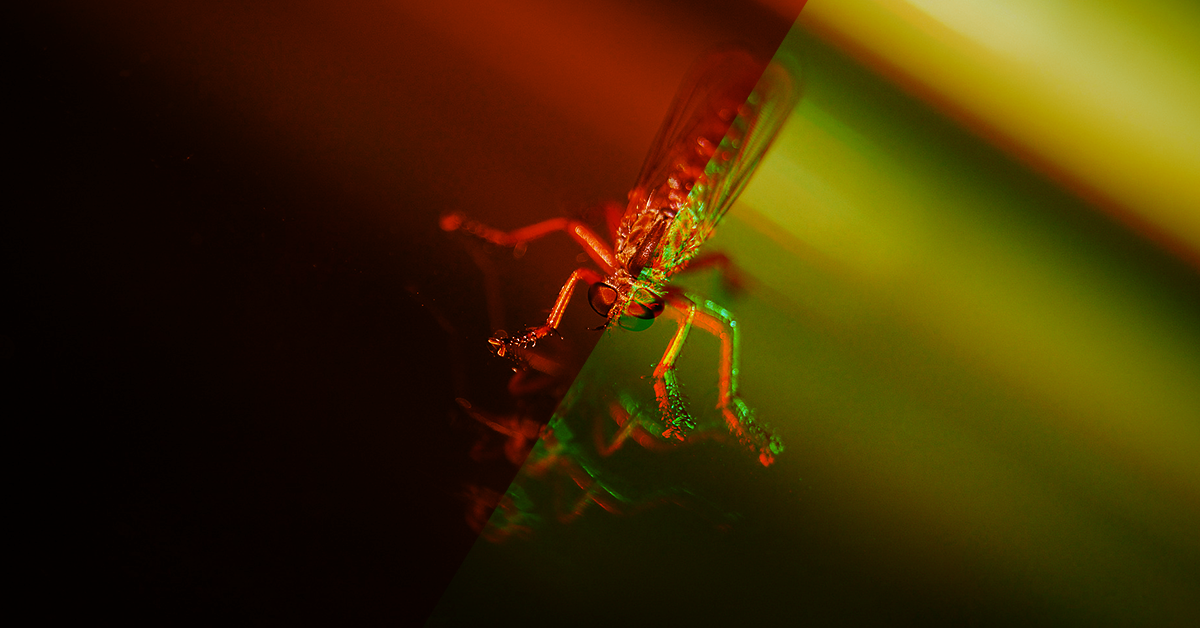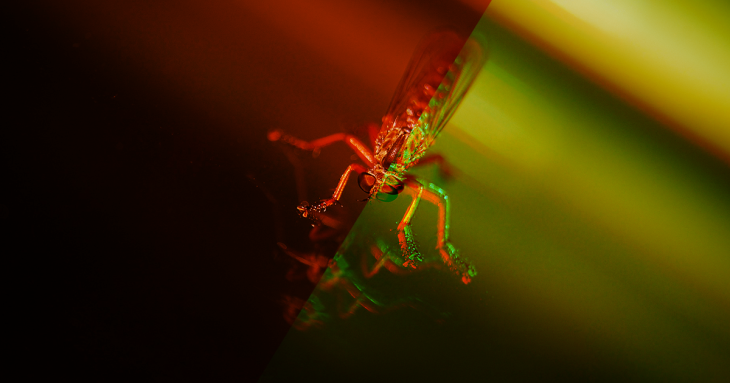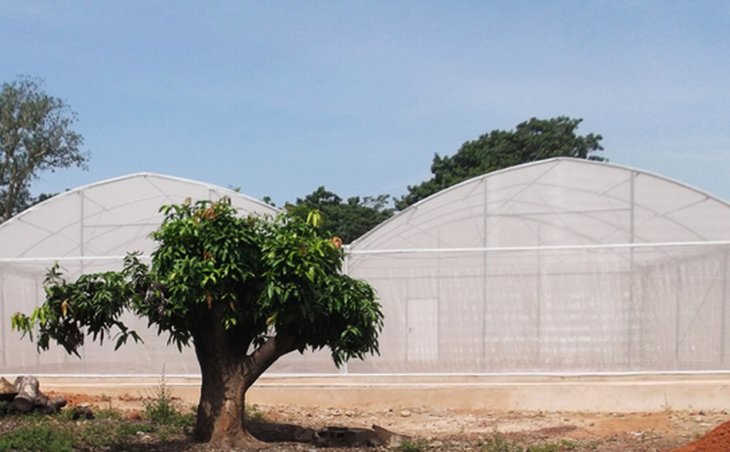The Transgenic Fungus Delivered From Spider Venom Will Help Kill Mosquitoes
Mandy Seth - Jun 15, 2019

The deadly disease - malaria - has been killing 400,000 people every year, and this transgenic fungus might be the answer
- Scientists Rename Human Genes Because Excel Keeps Mistaking Them For Dates
- New Method Allows Scientists To Edit Genes From Inside Patient Body
- Chinese Scientist Who Created Gene-Edited Babies Gets A Three-Year Sentence
The deadly disease - malaria - has been killing 400,000 people every year, with the help of the primary transmitting insect - the troublesome mosquitoes. We have to do something to stop that by modifying the genes of fungus.
Luckily, the University of Maryland (UMD) professionals did find a way to modify a fungus to produce a spider toxin that kills mosquitoes to solve this crisis. According to NPR, in the lab trial, fungus modification had dramatically destroyed mosquito by nearly 100%. Unfortunately, the team also think that the use of genetic engineering is quite controversial lately, and this method may bring out some threats.

The Transgenic Fungus
Reported last Thursday’s in a paper of the journal Science, the fungus modified by UMD professionals to eliminate wild mosquitoes doesn’t have an immediate effect on the insects. It takes time to work and therefore, give mosquitoes a chance to transmit the disease.
In order to boost up the process, the researchers need to produce a toxin from the Australian Blue Mountains funnel-web spider’s venom. The new fungus then is tested with a screen-enclosed West Africa designed setting called “MosquitoSphere” - which mimics a village.

The team first spread out the transgenic fungus on a sheet hung on a wall of the testing area, then test the decreasing speed of mosquito raised in the same area. “The fungus crashed down the mosquito population in 45 days” - said by researcher Brian Lovett on the report. It - the fungus - worked well on even for the insecticide-resistant insect!
The Threat Coming Along
Indeed, this was considered as the first time a transgenic method has been tested in the real world, outside of the lab area, especially with such a dangerous disease like malaria. The fungus itself may work pretty well until now; however, it is unable to deny a threat of genetically engineered organism once it is released into the wild.
From an environmental group called Friends of the Earth, in a report to NPR, Dana Perls stated out his group concern of further urgent damage causing from the test. The transgenic fungus, like all genetic engineering, can bring out, alongside its goodness, uncertain negative health impacts, and unpredictable ripple effects on the environment and other species.
Featured Stories

Features - Jul 01, 2025
What Are The Fastest Passenger Vehicles Ever Created?

Features - Jun 25, 2025
Japan Hydrogen Breakthrough: Scientists Crack the Clean Energy Code with...

ICT News - Jun 25, 2025
AI Intimidation Tactics: CEOs Turn Flawed Technology Into Employee Fear Machine

Review - Jun 25, 2025
Windows 11 Problems: Is Microsoft's "Best" OS Actually Getting Worse?

Features - Jun 22, 2025
Telegram Founder Pavel Durov Plans to Split $14 Billion Fortune Among 106 Children

ICT News - Jun 22, 2025
Neuralink Telepathy Chip Enables Quadriplegic Rob Greiner to Control Games with...

Features - Jun 21, 2025
This Over $100 Bottle Has Nothing But Fresh Air Inside

Features - Jun 18, 2025
Best Mobile VPN Apps for Gaming 2025: Complete Guide

Features - Jun 18, 2025
A Math Formula Tells Us How Long Everything Will Live

Features - Jun 16, 2025
Comments
Sort by Newest | Popular